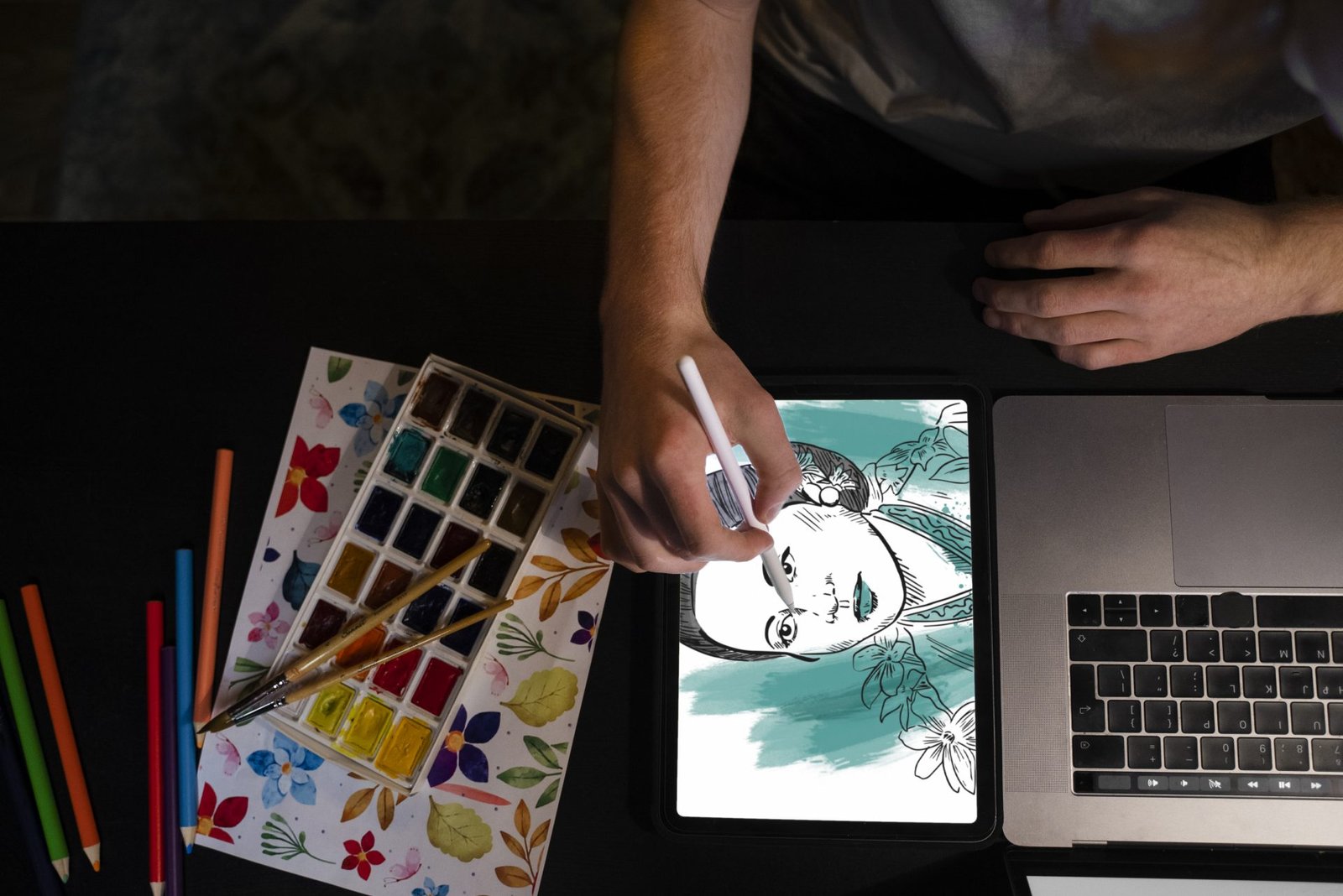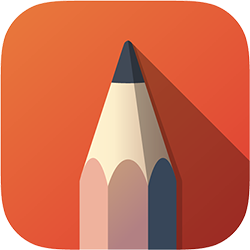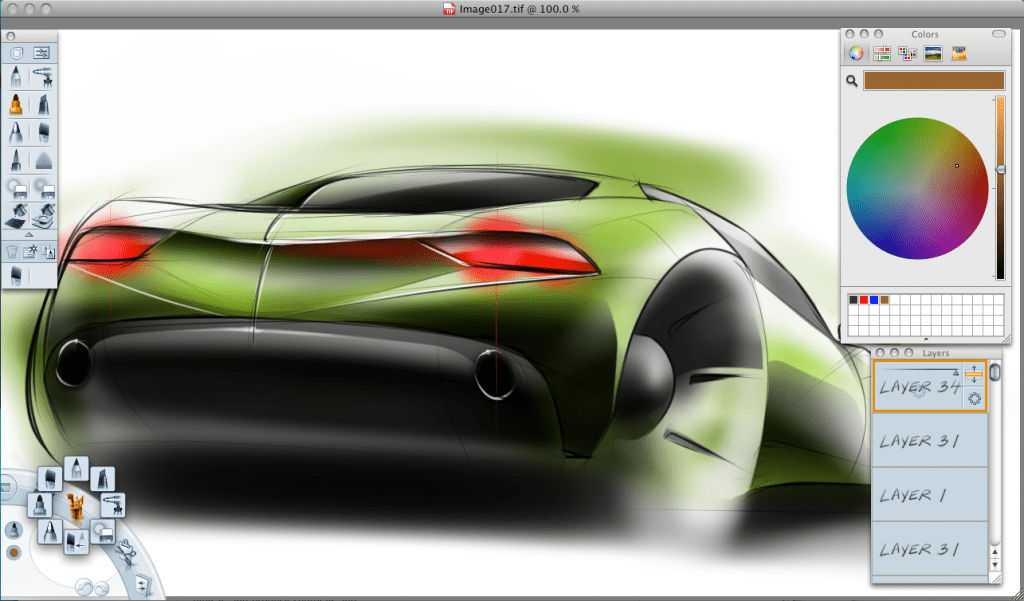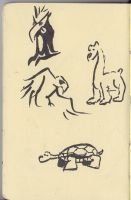When it comes to sketching tools for digital art, few applications match the versatility and popularity of Sketchbook by Autodesk. Known for its intuitive design, professional-grade features, and widespread accessibility, Sketchbook has become a go-to application for hobbyists, designers, and illustrators around the globe. Whether you’re brainstorming concepts, designing complex illustrations, or simply jotting down visual ideas, Autodesk Sketchbook is packed with features that simplify your workflow and amplify your creativity. In this blog post, we’ll explore why Sketchbook is regarded as one of the top digital sketching tools, break down its features, and provide practical tips on maximizing its potential.
What is Autodesk Sketchbook?
Autodesk Sketchbook is a powerful sketching application that offers professional-grade drawing tools, making it perfect for digital art enthusiasts and professionals. Originally developed by Alias before being acquired by Autodesk, Sketchbook has grown into one of the most trusted platforms for digital sketching and illustration.
Core Features of Sketchbook
- Professional Tools: Includes a wide array of brushes, pens, and pencils to replicate traditional artistic mediums.
- Accessible Interface: Designed for seamless user experiences, Sketchbook’s clean and uncluttered workspace focuses on creativity.
- Cross-Device Compatibility: Available on desktop, mobile, and tablet platforms, ensuring artists can work wherever inspiration strikes.
- Affordable Pricing: While Sketchbook was previously subscription-based, it’s now free to download with all premium features included.
Whether you’re an industrial designer, a comic book artist, or someone exploring digital art for the first time, Sketchbook delivers an unparalleled user experience.
What kind of subjects most frequently fill your sketchbook pages?
Why Sketchbook Stands Out Among Digital Sketching Tools
Sketchbook has earned a stellar reputation as one of the top sketching tools, largely due to its user-centric design and robust capabilities.
Natural Sketching Experience
Sketchbook’s tools and settings mimic traditional drawing methods, making it easy for artists to transition from paper to screen.
- Pressure Sensitivity: Works seamlessly with styluses like Apple Pencil or Wacom pens for precise control and nuanced shading.
- Smooth Drawing: The app minimizes lag, ensuring your strokes feel natural and uninterrupted.
Advanced Features for Professionals
Sketchbook caters to creative professionals with features designed for technical precision:
- Perspective Guides: Provides tools for creating accurate perspective drawings, perfect for architecture or product design.
- Customizable Brushes: With over 190 preset brushes, artists can create intricate textures or unique effects.
- Layer Functionality: Manage and organize your artwork effectively with advanced layer options like blend modes and transparency controls.
A Tool for Everyone
Sketchbook balances complexity and simplicity, making it suitable for both beginners and seasoned artists.
- Beginners appreciate its intuitive design and straightforward controls.
- Professionals rely on its detailed settings and high-quality export options.
Sketching Local Sports Events | Capture People in Motion with Your Sketchbook
Why Sketch Local Sports Events? There’s a unique energy in local sports events—the cheers, the movement, the fleeting moments of tension and triumph. For artists, these gatherings offer a goldmine...
Practical Uses of Sketchbook
One of Sketchbook’s greatest strengths is its adaptability across different creative fields.
Illustrations and Concept Art
Artists can bring characters, scenes, and concepts to life with Sketchbook’s versatile brushes and fine-tuning controls. The app is ideal for creating detailed concept art for gaming, animation, or illustration projects.
Industrial Design
Widely used by product designers, Sketchbook helps create technical drawings, blueprints, and prototypes with precision tools like rulers and ellipses.
Graphic Design
Sketchbook’s tools can be employed to design logos, typography, and graphic elements, complementing the workflows of professional designers.
Animation Pre-Production
From storyboarding to rough character designs, Sketchbook aids animators in visualizing scenes before they move to production software.
Personal Sketching
Even for casual users or hobbyists, Sketchbook offers the freedom to explore creativity without limitations, making it a great tool for quick sketches or journaling ideas.

Advanced Features That Drive Creativity
Autodesk Sketchbook is packed with features that set it apart from other sketching tools:
Predictive Stroke Technology
This feature smooths uneven strokes, making drawings cleaner and more professional. It’s particularly helpful for beginners who are refining their linework.
Perspective Tools
Built-in perspective guides allow users to set up grids for one-point, two-point, and three-point perspectives, simplifying architectural and environmental designs.
Symmetry Tools
The symmetry function enables artists to create perfectly balanced designs and patterns, ideal for mandalas or symmetrical artwork.
Time-Lapse Recording
Sketchbook allows users to record their drawing process, helping creators share insights and showcase their workflow with audiences online.
Comparison with Other Sketching Tools
How does Sketchbook fare against industry favorites like Procreate, Clip Studio Paint, or Adobe Fresco?
Versus Procreate
- Accessibility: Sketchbook is available on multiple platforms, while Procreate is iOS-exclusive.
- Cost: Sketchbook is free with all features unlocked, whereas Procreate requires a one-time purchase.
- Brush Variety: Both apps offer customizable brushes, but Sketchbook’s predictive stroke feature enhances drawing precision.
Versus Clip Studio Paint
- Ease of Use: Sketchbook has a simpler interface, making it easier for beginners to navigate.
- Focus Areas: Clip Studio Paint excels in manga and comic creation, while Sketchbook caters to a wider range of artistic styles.
Versus Adobe Fresco
- Flexibility: Sketchbook’s minimal design makes it suitable for quick sketches, while Fresco focuses heavily on blending tools and digital painting.
- Cost: Sketchbook offers professional-grade tools without subscription fees, making it more affordable.

Impact of Sketchbook on the Creative Industry
Sketchbook’s ability to cater to professional needs while remaining accessible has cemented its place among leading sketching tools.
Empowering Artists
By offering advanced tools for free, Sketchbook eliminates barriers to entry for aspiring creatives. Artists worldwide can access a high-quality platform without financial limitations.
Fostering Collaboration
Sketchbook’s compatibility with PSD files allows for seamless integration into collaborative projects alongside other design tools.
Supporting Innovation
With continuous updates and a focus on user feedback, Sketchbook adapts to the evolving demands of artists and designers, ensuring its relevance in the industry.
Final Thoughts
Autodesk Sketchbook combines intuitive design with powerful features, making it one of the most versatile sketching tools available today. Its ability to cater to professionals while remaining accessible to beginners ensures that it remains a favorite among digital artists, graphic designers, and hobbyists alike. Whether you’re refining technical designs or letting your imagination run wild, Sketchbook provides the perfect digital canvas for all your creative needs.
Call to Action
If you’re ready to take your creative practice to the next level, download Sketchbook today and start exploring its endless possibilities! Happy sketching!









